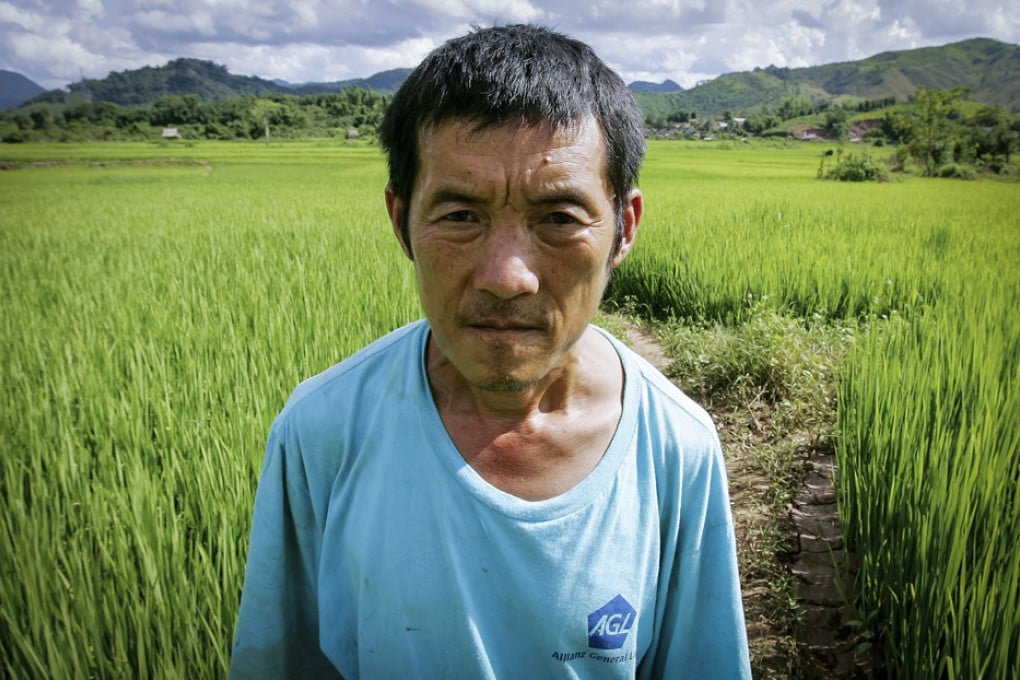Losing ground
In the second of a two-part series about China’s economic interests in Laos, David Eimer looks at how an influx of workers is transforming an impoverished nation. Pictures by Andrew Chant

The high-speed rail link being planned to connect Kunming, in Yunnan province, and Vientiane will radically transform underdeveloped, landlocked Laos. The railway will not only make moving around the country, which relies on an ageing road system, far easier but will also provide crucial access to ports in neighbouring Thailand.
Much more controversial is the effect the rail line will have on Laos’ financial future. With work on the link expected to begin next year and due to be completed in 2019, it is regarded by some as further evidence of the desperately unequal nature of the relationship between Laos and its giant neighbour to the north. And as an estimated 20,000 workers prepare to move south to build the railway, many Laotians are wondering if their country is destined to become just an economic vassal of China.
“Of course, the railway will bring jobs, but we don’t know whether they’ll go to the Chinese or us,” says Galong Vue, a 53-year-old farmer, one of the thousands of people whose lives will be disrupted by the building of the line. His house and his village, Naseam Kham, are set to disappear next year to make way for a train station serving the nearby town of Oudomxai, in northwest Laos.
Travelling south from the village of Boten, where the railway will cross into Laos from Yunnan, there is already ample evidence of how China dominates the local economy. Laotian farm workers can be found packing bananas into boxes marked “Produce of China” by the side of the road close to the border, under the command of foremen from Sichuan province. The boxes are then sent north in trucks driven by men from as far away as Liaoning province, in China’s northeast.
Chinese companies own an increasing number of the rubber plantations that are the mainstay of northwest Laos’ economy. With China consuming almost four million tonnes of rubber a year – 35 per cent of the total grown in the world – Lao farmers now transport their rubber on their backs to the nearest main road rather than to a market. There it is weighed and immediately loaded onto trucks headed north, or to local Yunnan firm-owned processing plants close to the town of Luang Namtha, set to be the first major stop on the railway.
“These farmers own their land but a lot of the farms are owned by Yunnan companies now,” says a 30-year-old overseer from Jinghong, in southern Yunnan, as Laotian farmers wait to weigh their acrid-smelling crop on a simple scale and to be told how much it is worth. “We pay 6.7 yuan [HK$8.45] a kilo.”
That is far less than what was paid before the Yunnanese arrived and a source of dissatisfaction for the dwindling number of independent local rubber farmers.